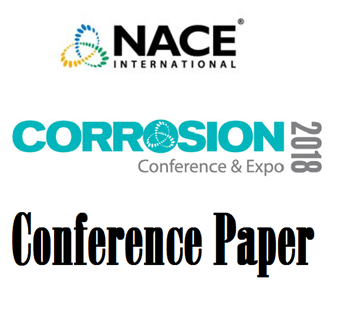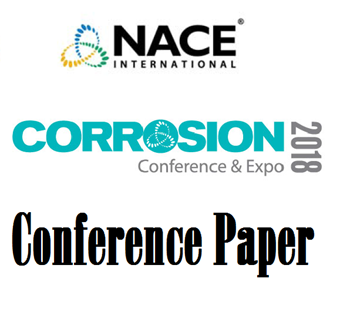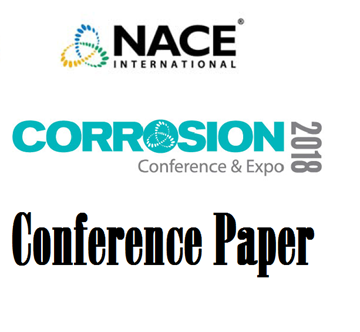Search
51318-11005-Evaluation and Repair of Natural Draft Cooling Towers
Also Purchased
51318-11004-Frequency dependence in AC Harmonic Interference to Pipelines
Product Number:
51318-11004-SG
Publication Date:
2018
$20.00
51318-11016-The Passive Film Evolution of Carbon Steel in Hanford Waste Simulants
Product Number:
51318-11016-SG
Publication Date:
2018
$20.00
51318-11012-Amine base Vapor Phase Corrosion inhibitor Alternatives to Hydrazine for Steam generating system and
Product Number:
51318-11012-SG
Publication Date:
2018
$20.00




